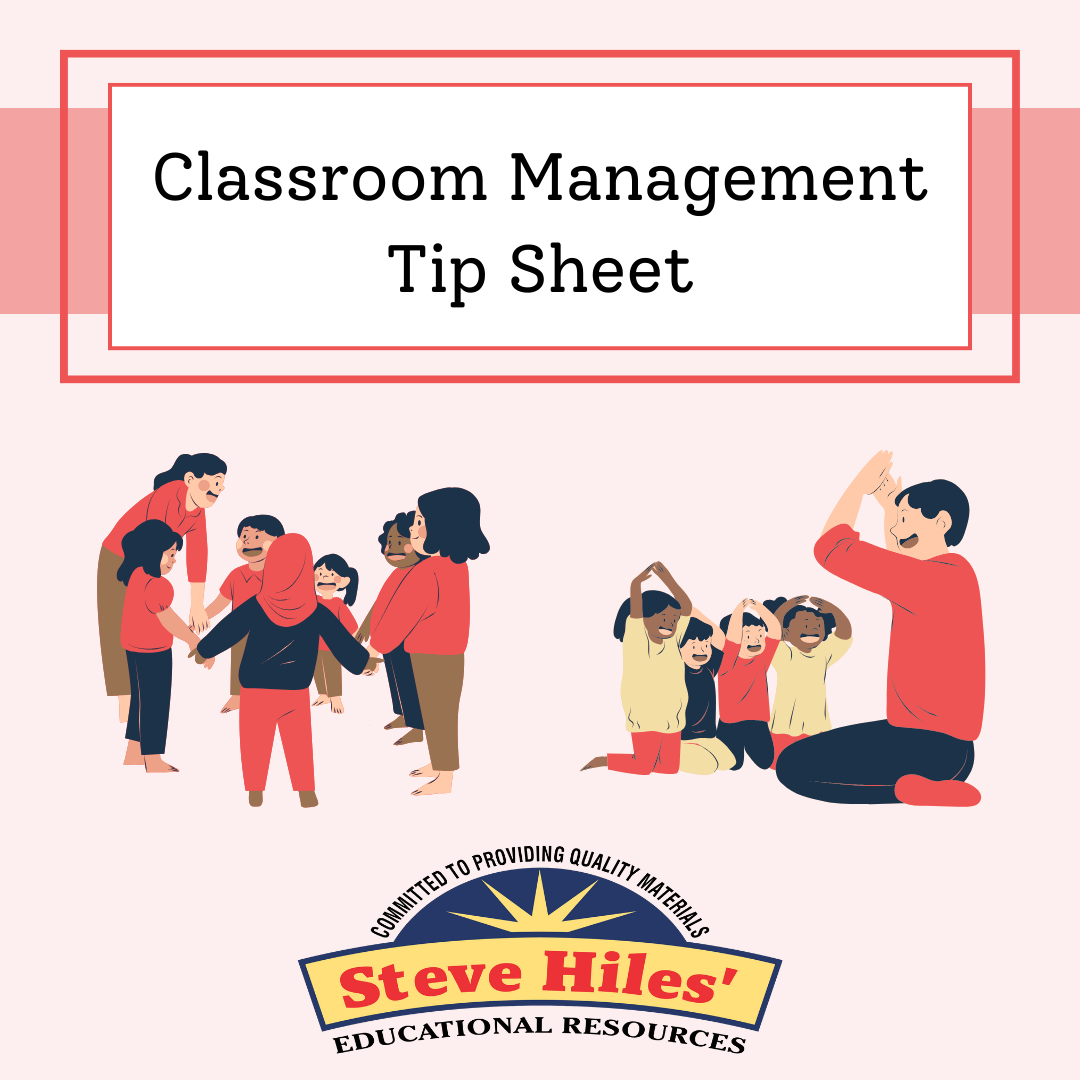The expansive nature of the Internet and the accessibility of technology have generated a surge in the demand for web based teaching and learning (Chaney, 2010). Distance learning is a rapidly expanding environment which allows users the flexibility of operating outside of the constraints of time and place (Chaney, 2010). Online learning can be defined as “learning that takes place partially or entirely over the Internet” (U.S. Department of Education, 2010). Online learning is appealing to a range of learners and is becoming more commonplace in settings from elementary schools to high school and into post-secondary education. This paper examines the potential challenges and drawbacks of online coursework. This paper raises questions about how to best support high school students enrolled in an online course.
Table of Contents
ToggleLiterature Review
Web based teaching and learning environments can appear acutely distinctive from one another. Online learning environments can be categorized into three central groups, fully web based, blended or hybrid format, and traditional courses using web based supplements. Fully web based courses are conducted entirely on the Internet with no face to face interaction, all aspects of the course being conducted in an online learning environment. Hybrid courses consist of both web based and classroom sessions, with a varying degree of time allotted to the online and in class sessions, depending upon the nature of the class and discretion of the instructor. The last programming format uses online technology as a medium for presenting supplemental material for traditional classroom study. It is critical to the understanding of online learning that there is not a single description that would encompass all assets of online learning environments.
Online Learning
based learning environments are as diverse and complex as traditional classroom settings, with each learning environment functioning slightly different.
The Office of Educational Technology in the U.S. Department of Education conducted the “Distance Education Courses for Public Elementary and Secondary School Students” survey in 2002-03 school year to gain insight into the prevalence of distance learning in public school districts. The study defined distance education as “courses that are credit-granting, technology-delivered, have either the instructor in a different location than the students and/or have the course content developed in, or delivered from, a different location than that of the students” (Institute of Educational Sciences, 2014). The findings revealed that approximately one-third or 5,500 out of a total of 15,040 public school districts had at least one student enrolled in a distance learning course during the 2002-03 school year (Setzer & Lewis, 2005). In 2009-10, the number of public school districts offering distance education courses rose to an estimated 53 percent (Institute of Educational Sciences, 2014). During 2004-05 there were slightly over 300,000 distance learning enrollments which spiked to over 1.3 million high school enrollments in 2009-10, an increase in over 1 million enrollments (Institute of Educational Sciences, 2014). The pervasiveness of the Internet and technology has spurred the infiltration of distance learning into public school districts across the United States.
Distance learning is far more widely used in postsecondary educational settings. In the “2013 Survey of Online Learning,” conducted by Babson Survey Research Group, revealed that the number of higher education students enrolled in at least one online course was above 7.1 million, approximately 33 percent of higher education students (Babson Study, 2014). The number of online course enrollments increased by roughly 411,000 students from the fall 2012 term to the fall 2013 term (Babson, 2014). Responses from 2,800 academic leaders where recorded and ninety percent of the participants “believe that it is likely or very likely that a majority of all higher education students will be taking at least one online course in five years’ time” (Babson, 2014, p. 1). The expansion of online courses and enrollment in elementary, high school and higher education continues to rapidly expand with no signs of slowing.









